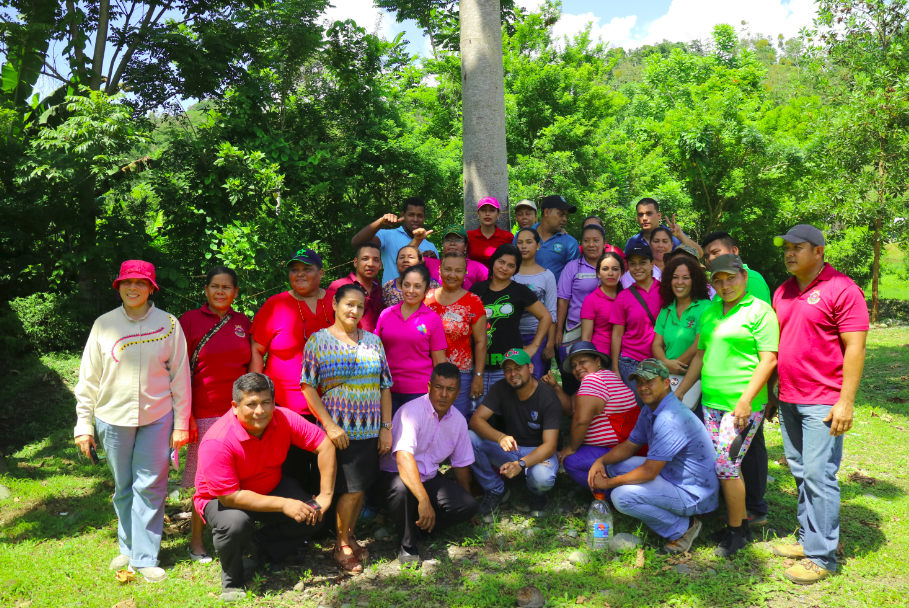Environmental Education, a tool for Conservation in the Binational Sixaola River Basin
“I didn’t know much about the basin. I learned it’s formed by four tributaries, three originating in Costa Rica and one in Panama, and together they empty into the Sixaola River. I learned there are ecosystems that depend on the watershed and that of course we must take care of them.” Jock Ríos, teacher at the Bocas del Yorkín School, Panama
In the binational basin of the Sixaola River shared by Costa Rica and Panama, local actors have pointed out the direct relation between environmental education and solutions to the area’s environmental challenges, such as pollution, poor management of solid waste, deforestation, droughts and floods. In July 2017, as part of the IUCN’s support to governance processes in the Sixaola river basin and in coordination with Panama’s Ministry of Education, a workshop entitled “Strengthening of Environmental Education Capacities in the Sixaola River Basin (Panama)” was held for 32 Panamanian educators in the Sixaola River’s area of influence.
In addition, participants expressed their interest in repeating the activity.
Agapita López, teacher in the community of Las Delicias, Sixaola, said, “Environmental education is very important because we’re losing water, a vital resource for life, and we must conserve our natural resources. During the workshop we learned to assess, cultivate and process techniques the facilitator taught us to protect our environment in the school, the community and our watershed.”
During the three days, Panamanian teachers used this opportunity to strengthen their understanding of basic concepts of environmental education: the regulatory framework in Panama, ecosystem-based adaptation, climate change, watersheds and their elements, the water cycle and how human action can have a positive and negative effect on the surroundings. To facilitate their work in the schools, they also learned teaching methodologies geared to children and adolescents.
“At this event, teachers not only learned new methodologies, but also how these apply to the context of the binational territory of the Sixaola river basin so that children and young people are empowered and learn about specific elements of the flora and fauna, rivers, effects of climate change and the importance of local and binational coordination.” Nazareth Porras, IUCN technical officer
“The workshops were excellent, with the sociodramas and crossword puzzles; we’re truly taking away a stock of smooth-flowing information to replicate with our students. From here we’ll be getting together with our fellow teachers at the school to share the information with them so they in turn can transmit it to their students, and to solidify what the IUCN has taught us.” Bolívar Concepción, Finca 66 School, Changuinola
This type of activity allows educators to share experiences in environmental education at the different schools of the Sixaola river basin, so they can be replicated and reach more students. Next steps will include coordination with the Binational Commission of the Sixaola River Basin to organize an exchange with environmental education teachers in Costa Rica. A teacher handbook will also be prepared with the theoretical and methodological tools provided, contextualized with information about this binational watershed.
The workshop was held with the support of two projects: BRIDGE: Building River Dialogue and Governance and AVE: Adaptation, Vulnerability and Ecosystems, respectively funded by the Swiss Agency for Development and Cooperation and the International Climate Initiative of the German Federal Ministry for the Environment, Nature Conservation, Building and Nuclear Safety.







